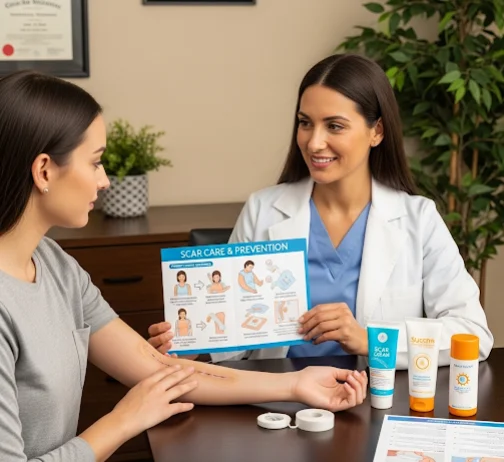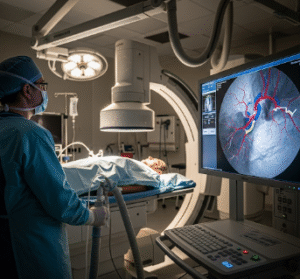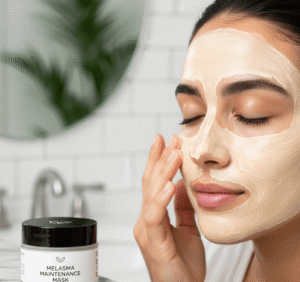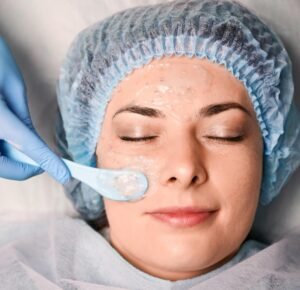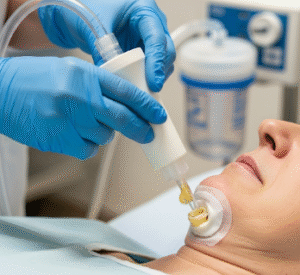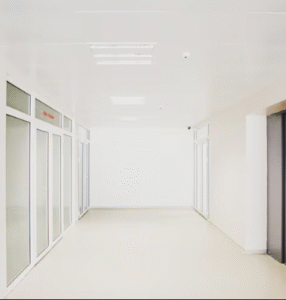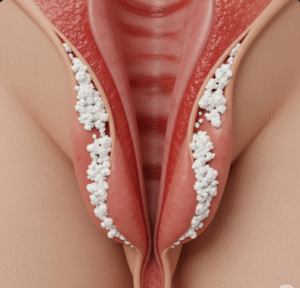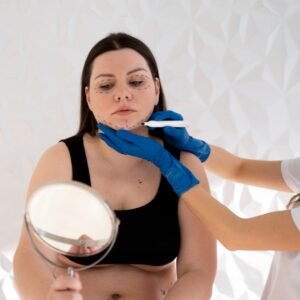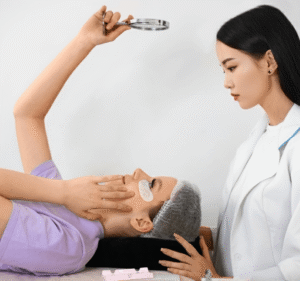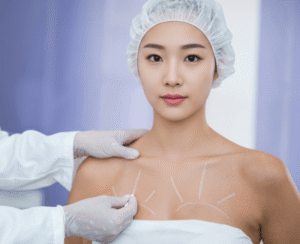What it is
→ Scar prevention counseling is a specialized dermatology or plastic surgery service that helps patients understand how to minimize the risk of scar formation after skin injuries, surgeries, burns, or acne.
→ The counseling session involves a comprehensive evaluation of skin type, wound healing tendencies, and medical history, followed by a tailored prevention plan.
→ It covers topics such as wound care techniques, use of medical dressings, silicone gels or sheets, sun protection, and when to seek medical treatments like laser therapy or steroid injections.
→ The goal is to prevent abnormal scarring, including hypertrophic scars (raised but confined to the wound area) and keloids (excessively raised scars that extend beyond the wound).
Why it’s done
→ Scar prevention counseling is done to:
- Reduce the risk of disfiguring or symptomatic scars.
- Prevent keloids or hypertrophic scars in individuals prone to them.
- Improve cosmetic outcomes after surgery or trauma.
- Address psychological concerns, since visible scars can impact self-esteem.
- Provide long-term strategies for scar management and skin health.
→ It is especially important for:
- Patients undergoing cosmetic or reconstructive surgery.
- Individuals with a history of keloids or poor wound healing.
- Patients recovering from burns, deep acne, or traumatic injuries.
Alternatives
→ Alternatives to formal scar prevention counseling include:
- Self-care methods → over-the-counter scar creams, vitamin E oils, or natural remedies.
- Online advice → general skincare tips found on websites or forums.
- Cosmetic-only treatments → facials or spa-based therapies without medical oversight.
→ While these may help with minor scars, they lack the personalized, medical guidance needed for high-risk patients or surgical wounds.
Preparation
→ Before attending scar prevention counseling, patients should:
- Gather medical history → past scars, wound healing problems, and family history of keloids.
- Bring surgery details → if post-surgery, provide operative notes and wound care instructions.
- List current products → creams, gels, or medications being used on the skin.
- Take photos → of past scars for discussion.
- Identify concerns → cosmetic worries, discomfort, or functional issues related to scars.
How it’s Done
→ A scar prevention counseling session usually includes:
- Skin and scar assessment → dermatologist examines skin type, healing tendencies, and existing scars.
- Education on wound healing → explanation of how scars form and factors that worsen them.
- Personalized prevention plan → tailored advice based on patient’s risk profile.
- Recommended interventions:
- Silicone gels or sheets → gold standard for scar prevention.
- Pressure dressings → for burn wounds or large surgical sites.
- Topical retinoids or growth factor creams → to improve healing.
- Sun protection → sunscreen and physical barriers to prevent pigmentation of scars.
- Laser therapy (early intervention) → fractional or vascular lasers to reduce redness and thickness.
- Steroid injections → if hypertrophic scarring risk is high.
- Massage therapy → to soften scar tissue during healing.
- Follow-up plan → monitoring for 6–12 months to track scar development.
→ Sessions may last 30–60 minutes, depending on complexity.
Recovery
→ Counseling itself has no downtime, but following prevention strategies improves healing:
- Short-term → wound care techniques prevent infection and excessive inflammation.
- Medium-term → silicone use and sun protection help reduce raised scars and discoloration.
- Long-term → consistent monitoring allows early intervention if abnormal scars start to form.
→ Patients may require periodic follow-ups to adjust the prevention plan.
Complications
→ Scar prevention counseling itself has no risks, but if recommendations are not followed, complications may include:
- Hypertrophic scars → raised, red, and thick scars within the wound boundary.
- Keloids → scars that extend beyond the wound, often itchy or painful.
- Pigmentary changes → scars that become darker or lighter due to sun exposure.
- Functional impairment → scars that restrict movement if located near joints.
→ With counseling, these risks are minimized, and early detection ensures prompt treatment.
Treatment options in Korea
→ Korea is internationally recognized for its expertise in scar prevention and management, blending medical science with aesthetic care.
- Specialized dermatology and plastic surgery clinics → provide counseling and follow-up tailored to surgical, traumatic, or acne-related scars.
- Cutting-edge technology → fractional CO₂ lasers, vascular lasers, and microneedling are widely available for early scar treatment.
- Silicone therapy protocols → Korean clinics emphasize the early and consistent use of silicone sheets and gels.
- Preventive steroid or botulinum toxin injections → used selectively in patients with high keloid risk.
- Integrative K-beauty skincare → patients often receive medical-grade skincare to improve healing and appearance.
- Holistic follow-up → counseling is combined with dietary, lifestyle, and sun-protection guidance.
- Medical tourism programs → international patients often visit Korea for scar management, as clinics offer English-speaking staff and comprehensive packages.
→ With Korea’s blend of clinical expertise, innovative technology, and cosmetic culture, scar prevention counseling is highly effective and widely sought.

